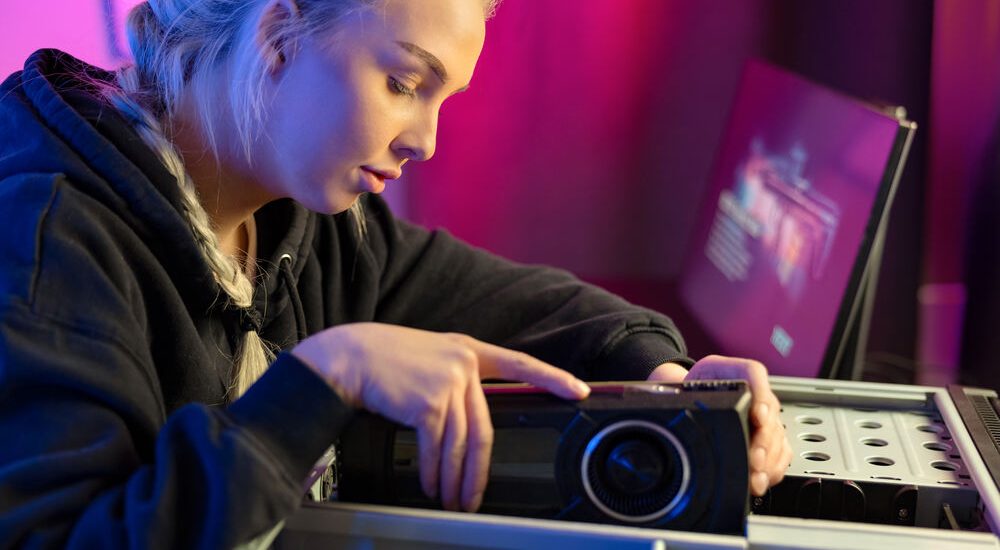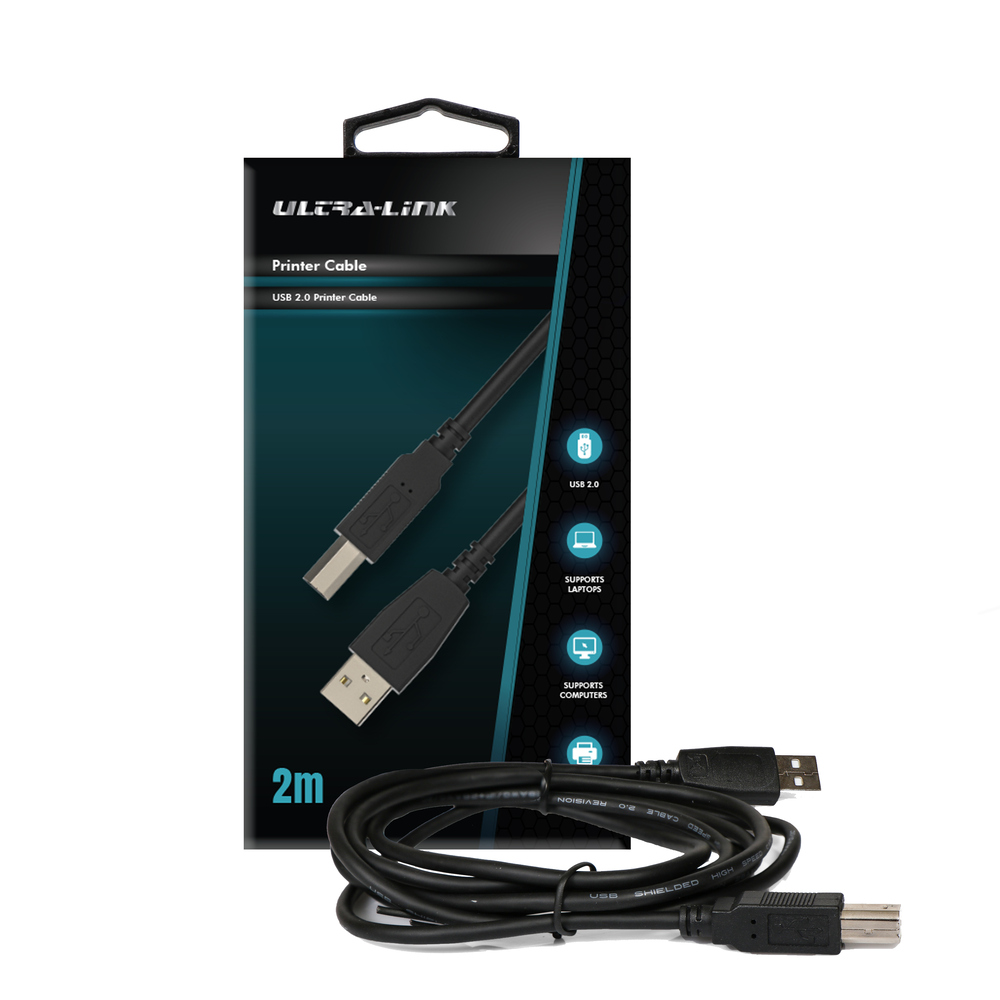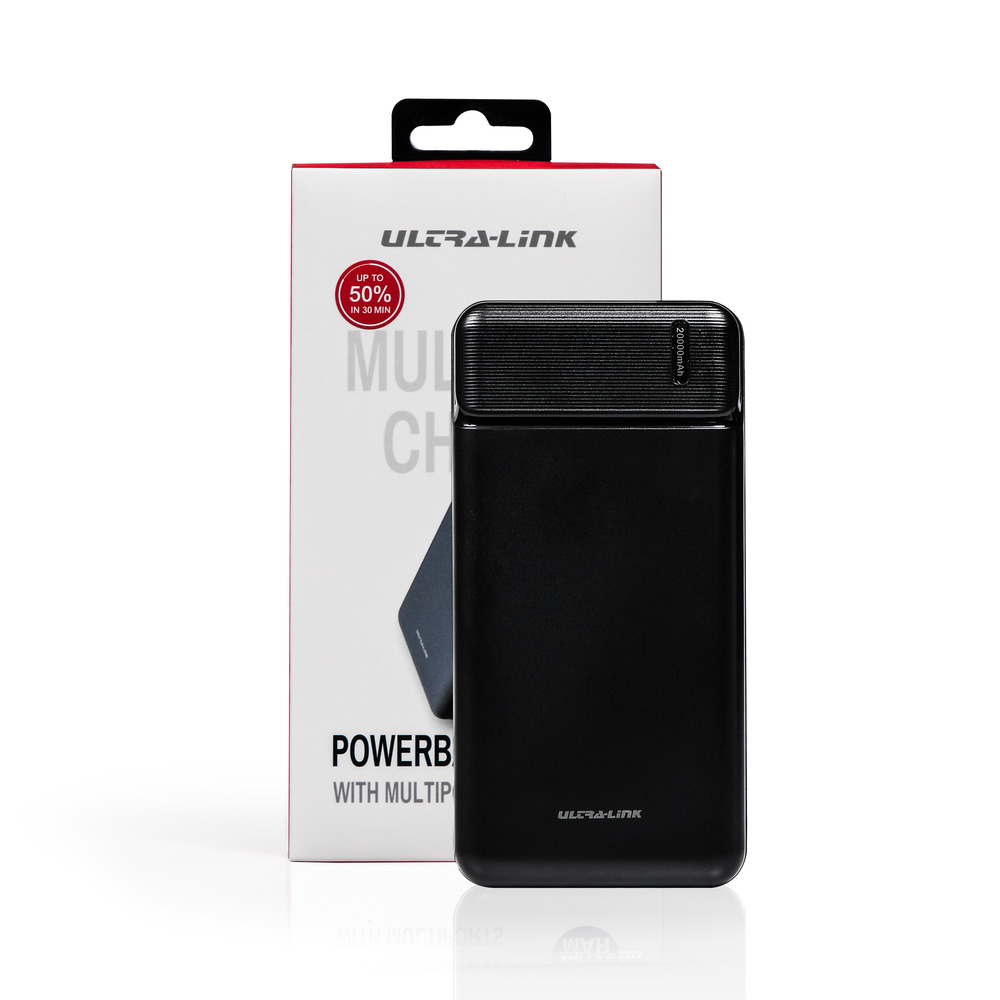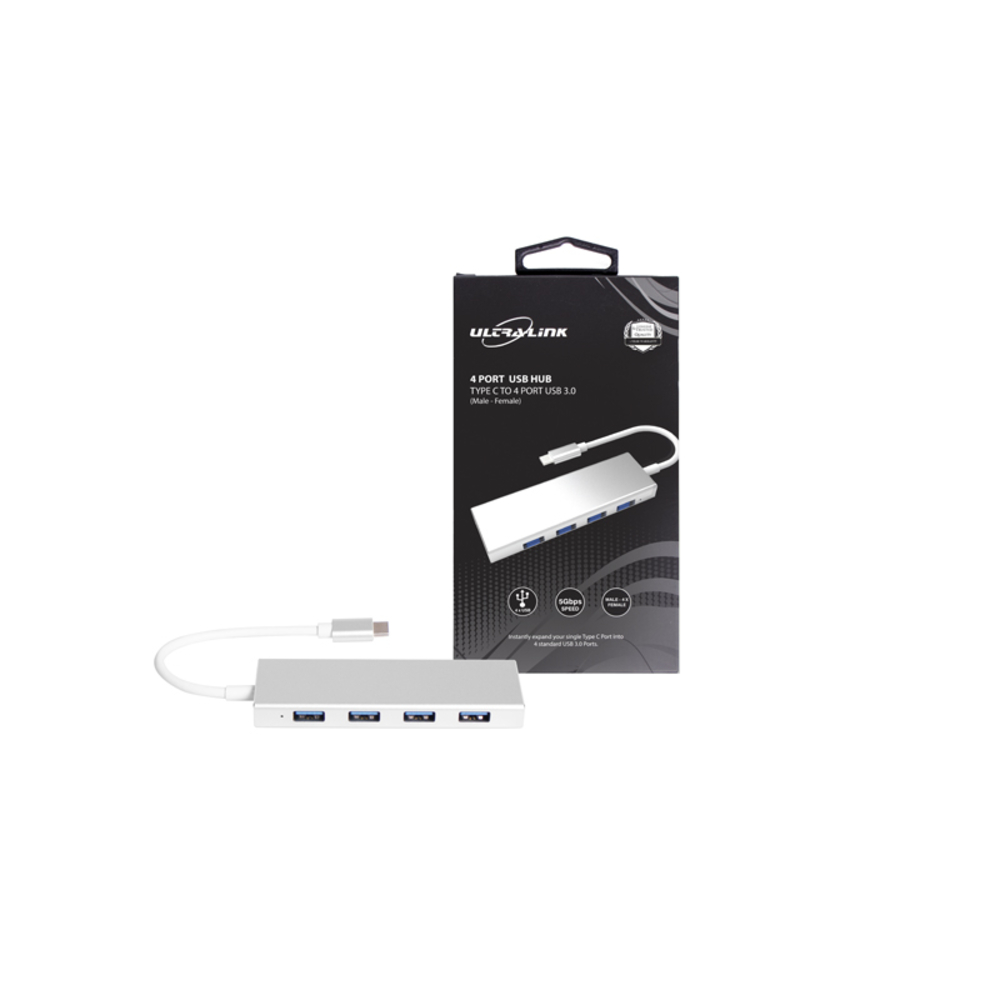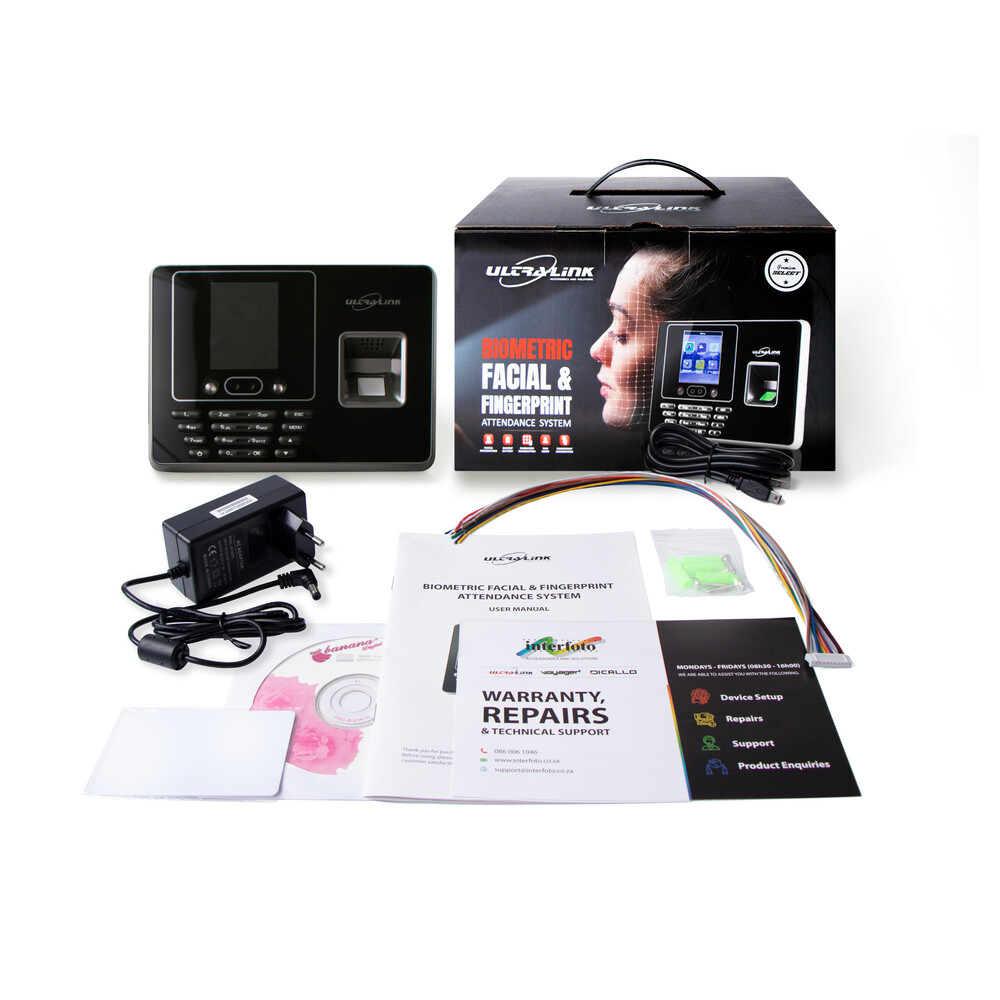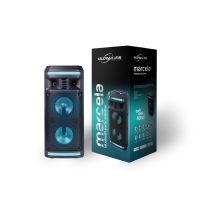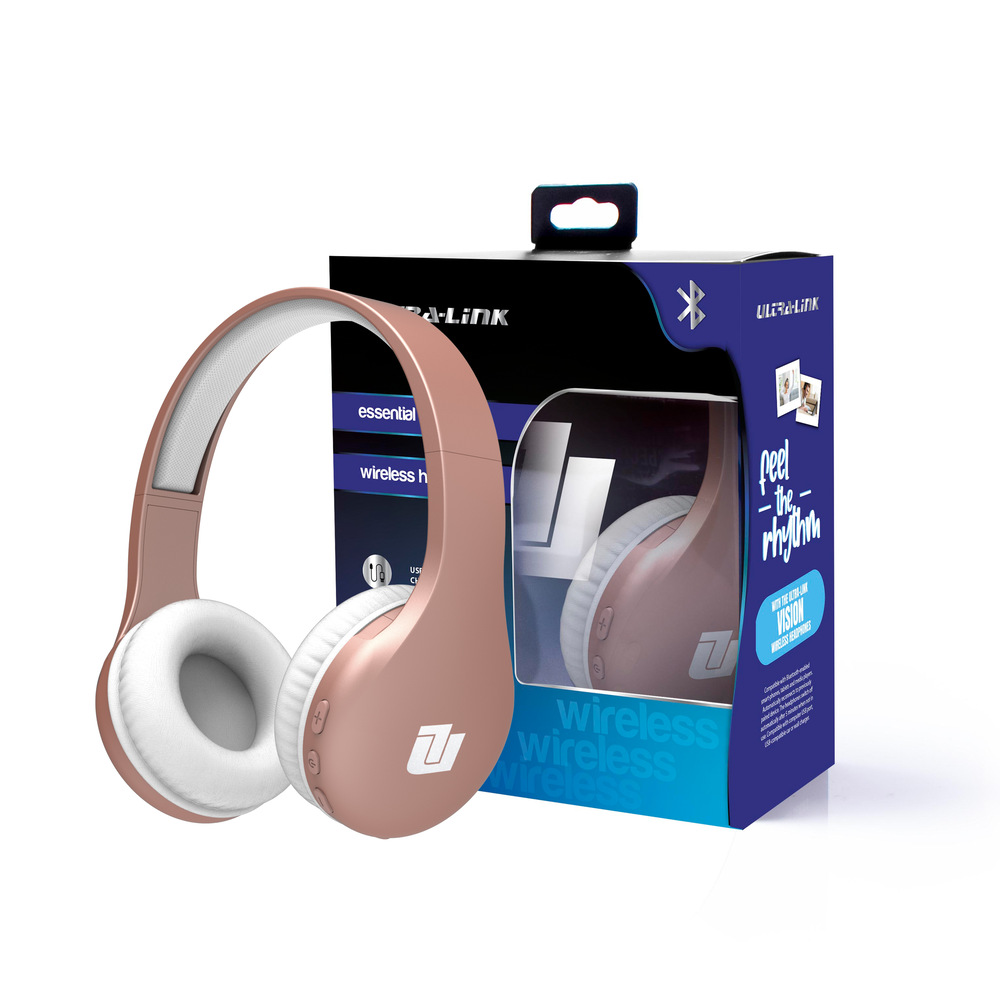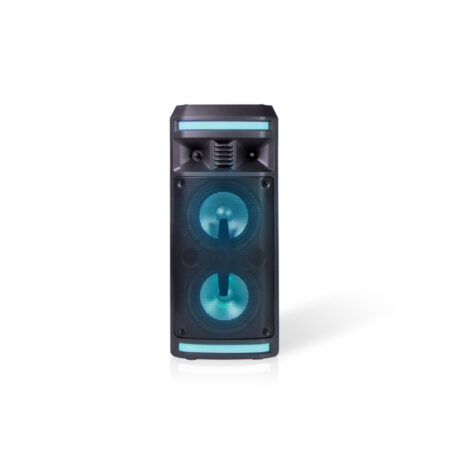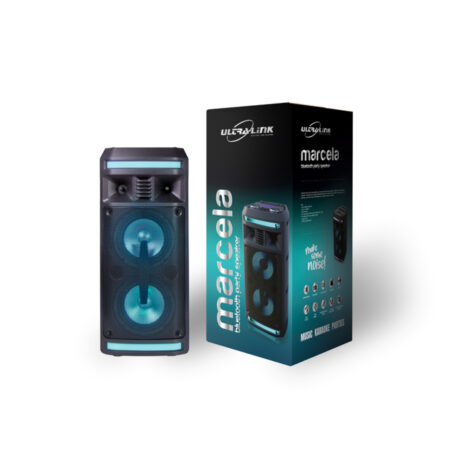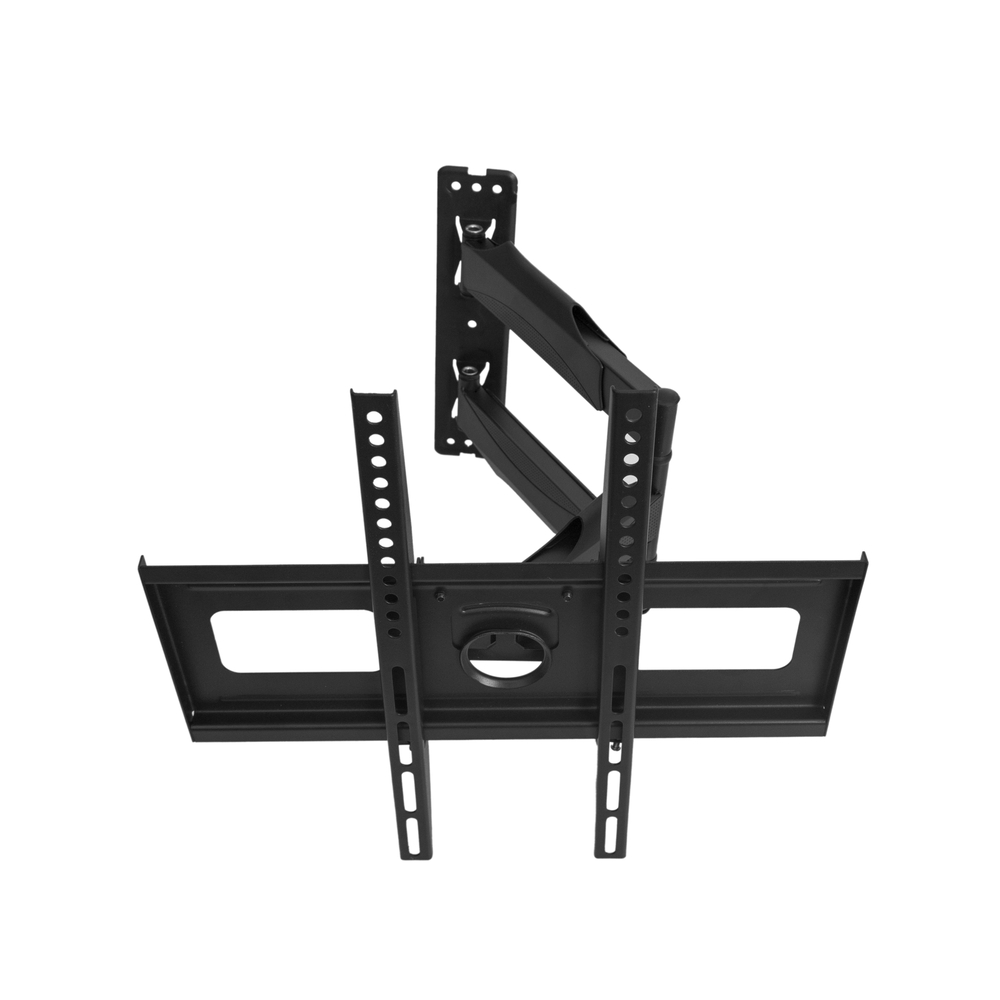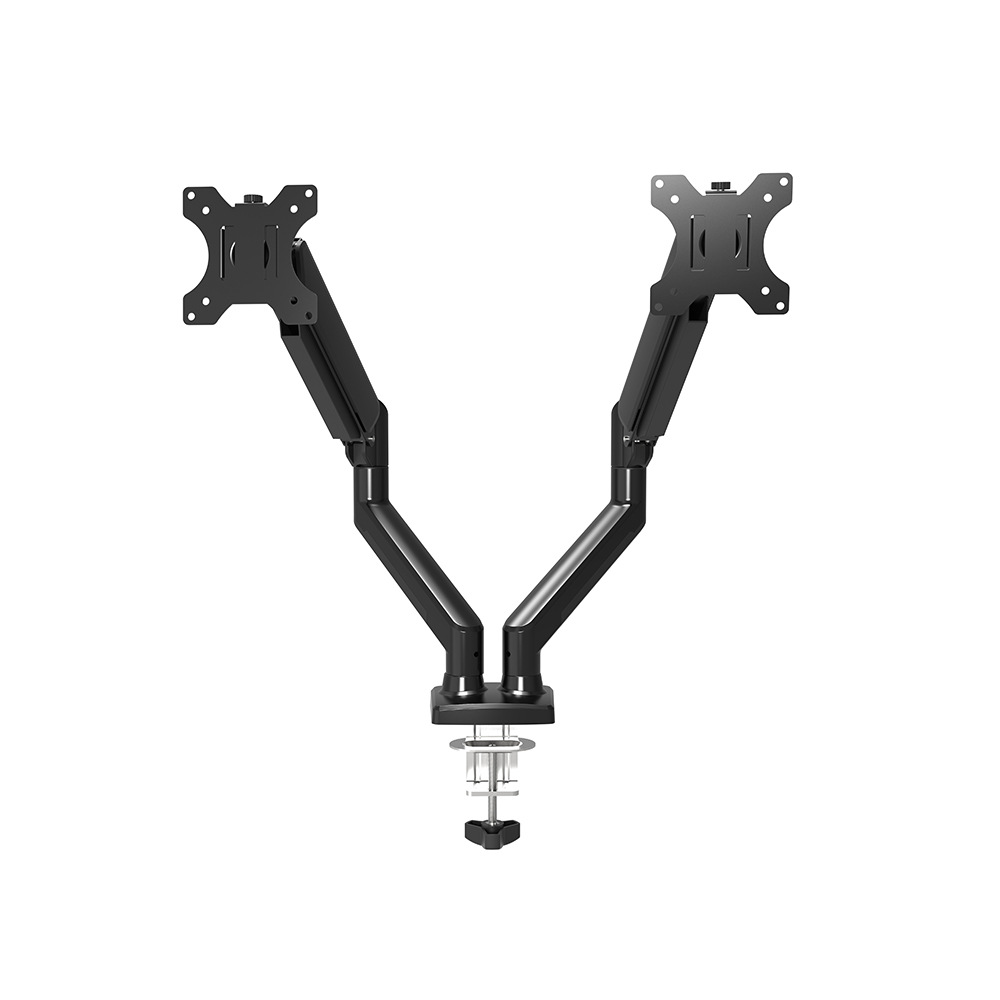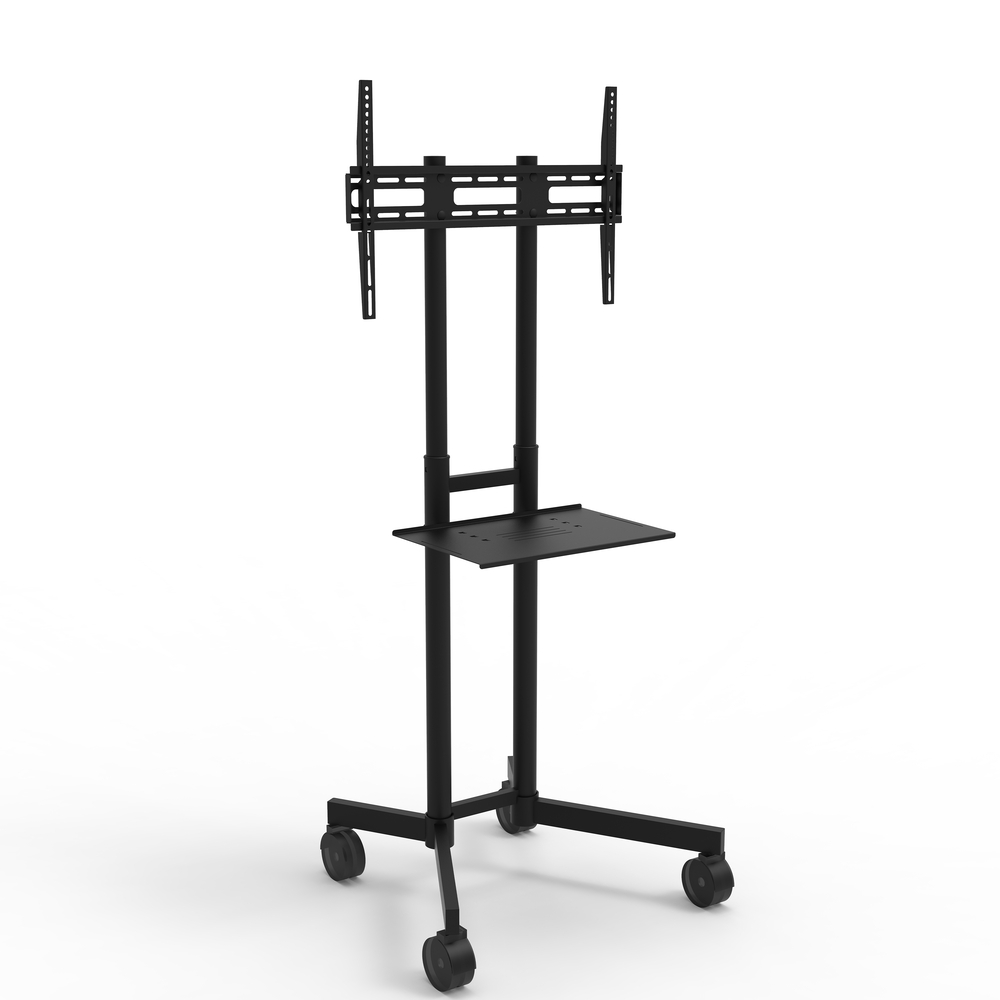Over the last twenty years, projectors have experienced remarkable changes, transforming from bulky magic lanterns into sleek, portable devices that can conveniently allow you to set up anywhere. This transformation highlights the increasing need for adaptable imaging solutions across various fields, including entertainment, business, and education, catering to a diverse range of applications and user preferences. The evolution of projectors has introduced cutting-edge features like Wi-Fi connectivity and voice control, significantly improving their functionality and overall user experience. While smart projectors have gained popularity, traditional models continue to hold their ground due to their reliable imaging technologies. This guide offers an in-depth comparison between smart and traditional projectors, explaining crucial factors such as image quality, connectivity options, ease of use, design aesthetics, value for money, and specific applications, empowering users to make well-informed choices tailored to their individual needs.
The Evolution of Projectors
Traditional projectors utilize established display technologies like LCD, DLP (Digital Light Processing), and LCoS (Liquid Crystal on Silicon) chips to project images from computers, video players, and other media sources onto surfaces. These projectors come in a range of brightness levels and resolutions, making them suitable for various room sizes, lighting conditions, and content types. Despite their versatility, they do have some drawbacks, such as lacking integrated smart features, offering limited connectivity options like HDMI and VGA ports, and having a cumbersome design due to their internal hardware.
Smart projectors operate using familiar display technologies, including LCD, DLP, and LCoS chips, to display images sourced from computers, video players, and more onto different surfaces. They are designed to accommodate a variety of brightness levels and resolutions, which allows them to function effectively in diverse environments and for different types of content. Nevertheless, these devices come with certain constraints, such as the absence of built-in smart capabilities, restricted connectivity options like HDMI and VGA, and a bulky form factor resulting from their internal components.
Next-Level Smart Projectors
Smart projectors are equipped with Wi-Fi, Bluetooth, and a range of streaming services, allowing for effortless wireless connectivity with smartphones, networks, and apps for video playback, presentations, and more. The addition of voice control enhances user experience by enabling hands-free management of playback options and interaction with virtual assistants. While the image quality might not always match that of high-end traditional projectors, smart projectors often excel in supporting HDR and delivering enhanced clarity. These innovative devices bring together advanced technology and convenience, making it easy to connect and share content without the hassle of cables. With voice control features, users can navigate their media effortlessly, adding a layer of sophistication to their viewing experience. While they may not always compete with top-tier traditional projectors in terms of image quality, smart projectors stand out for their impressive HDR capabilities and sharp visuals, making them a compelling choice for many users.
Enhance your viewing and presentation experiences with the Ultra-Link PJ40 Portable LCD Projector. This device is the perfect partner for anyone seeking exceptional quality and versatility in projection, all while enjoying unparalleled ease of use. The Ultra-Link PJ40 is designed to meet the needs of those who value both performance and portability. With its impressive features, this projector ensures that you can deliver stunning visuals wherever you go, making it an essential tool for both professional and personal use.
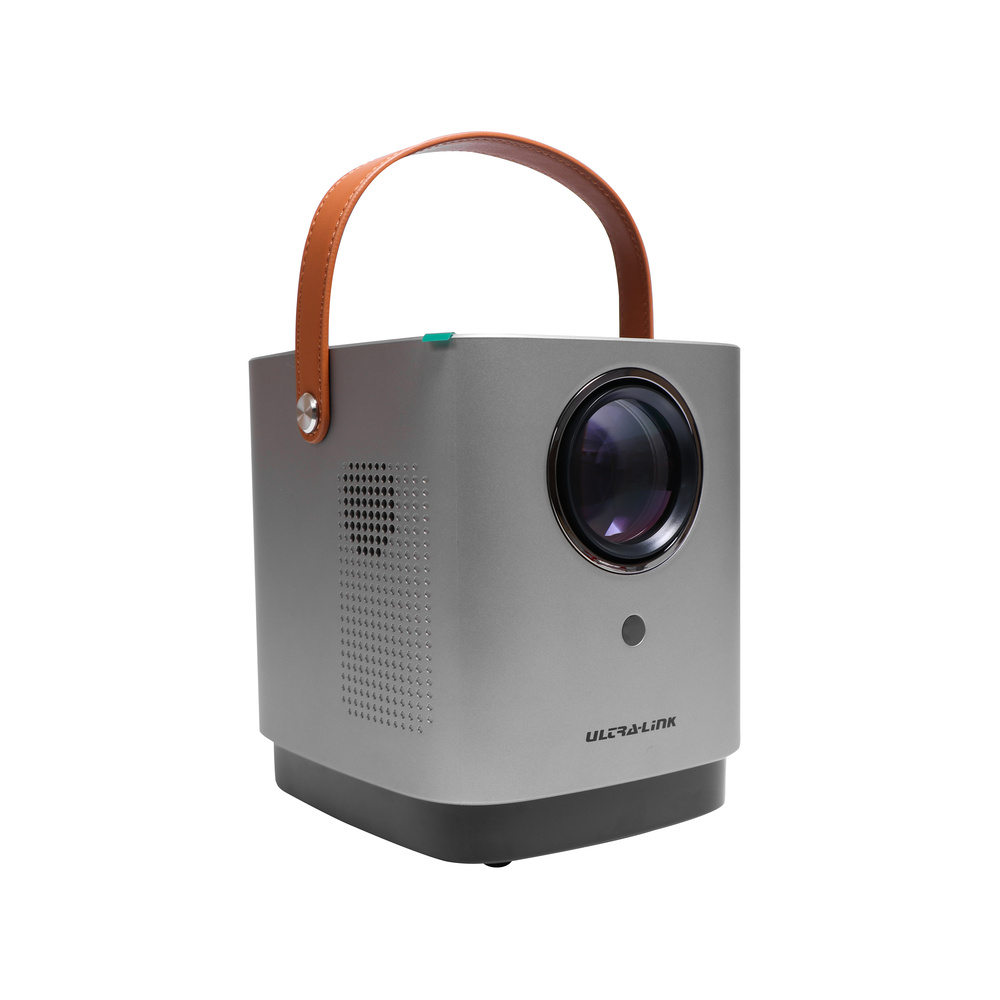
Visual Quality
The resolution capabilities of conventional projectors can differ greatly depending on their specific category. While many models suffice for typical presentations and basic media consumption, premium versions can deliver exceptional clarity. However, traditional projectors often face challenges with darker scenes and complex visuals, which can result in issues with contrast and color accuracy. On the other hand, smart projectors leverage advanced image processing technologies to enhance resolution, contrast, and color accuracy. This innovation creates a more immersive visual experience, making them perfect for a range of applications, including home theater setups and gaming scenarios. Features like High Dynamic Range (HDR) further boost image quality, yielding deeper blacks and brighter whites. The enhanced image quality provided by smart projectors can significantly elevate the overall viewing experience. Whether it’s watching movies, playing video games, or giving professional presentations, the sophisticated image-processing capabilities of smart projectors result in clearer and more vibrant visuals, ultimately enriching the content being showcased.
The PJ40 boasts a crystal clear resolution, along with the capability to support 1080P Full HD content, delivering visuals that are sharp, intricate, and truly stunning. Whether you’re enjoying a cinematic masterpiece, presenting captivating slides, or diving into a gaming session, this projector promises an experience that fully immerses you in the visuals. With it’s impressive specifications, the PJ40 transforms any viewing occasion into an experience. From the vibrant colors of your films to the dynamic graphics of video games and the clarity of professional presentations, this projector ensures that every detail is brought to life, making each moment unforgettable.
Compatibility
Smart projectors typically rely on wired connections, featuring HDMI, VGA, and USB ports. While these connections are reliable and widely used, they can limit flexibility, especially in today’s fast-paced environments where wireless solutions are increasingly favoured. One of the standout benefits of smart projectors is their use of wireless technology. With built-in Wi-Fi and Bluetooth, these devices can effortlessly connect to smartphones, laptops, and other gadgets without the need for cumbersome cables. This not only reduces clutter but also opens up new possibilities for engaging and interactive presentations. Traditional projectors often require additional adapters or cables to connect with newer technology, which can be inconvenient. On the other hand, smart projectors are designed with modern compatibility in mind, allowing for easy integration with smartphones, tablets, and other smart devices. This adaptability makes smart projectors more user-friendly and better equipped to keep pace with future technological advancements.
Portable Design
Conventional projectors, particularly those designed for high performance, tend to be quite large and heavy. This characteristic often restricts their mobility, making them more suitable for permanent setups in environments like conference rooms or dedicated home theatres. In contrast, smart projectors emphasize portability, featuring compact and lightweight designs. This makes them perfect for individuals who require a projector that can be effortlessly moved from one location to another or even taken along on trips. Smart projectors excel in spontaneous movie nights, outdoor events, or quick business presentations, providing flexibility for various occasions. While some users may not prioritize aesthetics, the sleek and modern look of smart projectors can enhance the decor of contemporary homes. Their compact and portable nature not only adds to their visual appeal but also offers greater versatility in terms of placement and usage.
What to consider

